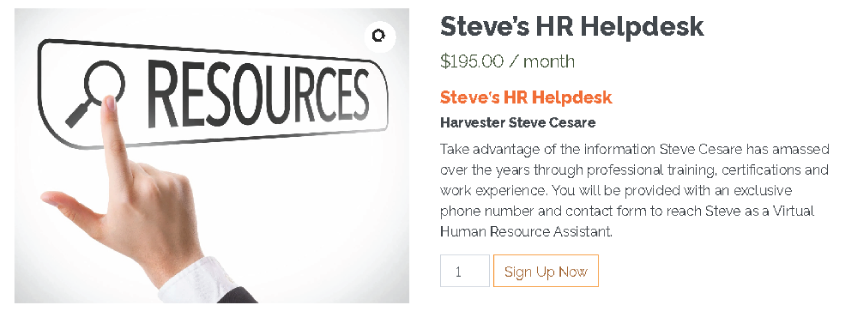
THE EMPLOYEE TERMINATION MEETING
Steven Cesare, Ph.D.
A business owner from New Jersey called me the other day to talk about terminating a problematic employee. The business owner has conducted this process many times; so have you; I know I have done it more times than I want to remember. It’s still a stressful event: for you, the employee, and the company.
First things first, NEVER terminate any employee in a one-on-one format. Always have a silent witness (e.g., Human Resources, Office Manager, Field Manager) present to serve as an insurance policy against the likely claims of racism, discrimination, sexism, etc. The silent witness definitively weakens the manufactured he-said/she-said allegations that ubiquitously appear in one-on-one termination scenarios.
Second, the employee’s direct supervisor must be the person conducting the termination meeting. When the company gets sued for wrongful termination, the key witness for all the job-related documentation leading up to the termination, coaching sessions, and actual termination language must be the supervisor right above the employee on the organizational chart. That person possesses significantly more functional credibility than a distal employee (e.g., Human Resources, Safety Coordinator, owner) in any litigation.
Contextually, in general, the employee termination meeting should occur early in the week and later in the day. The meeting should be in a private setting where only the three participants are involved. If the termination meeting lasts longer than 15 minutes, something has gone astray. Stay focused on the agenda, the purpose, and the timetable. Never cede the meeting agenda to the employee. Never.
Speaking of the agenda, there are three major components to the employee termination meeting.
- Decision. Terminations are based upon either a policy violation or unsatisfactory job performance. The actual decision to terminate the employee has already been made and approved prior to this meeting; this is not a forum for negotiation, corrective action, or weak-kneed abdication from the supervisor. Thus, once settled into the meeting, the supervisor must convey the termination decision to the employee using as few words as possible, without blinking, stammering, or fidgeting. The employee has not met performance expectations, essentially representing a liability to the company. Accordingly, the supervisor should not feel anxiety; it’s actually liberating, forward thinking, and capitalistic.
- Reaction. Anything can happen in this phase of the meeting. The employee is naturally flooded with disparate emotions (e.g., shock, disbelief, embarrassment, anger, grief), manifested in a broad-range of diverse possibilities (e.g., yelling, crying, silence, profanity, confrontation, threats). Regardless of what the employee says, does, or emotes, do not take the bait! Doing so shifts control to the employee. A visceral reaction from the employee does not warrant an equivalent response from the supervisor; Simply restate the reason for the termination; this is not a therapy session, extortion attempt, or second-guess opportunity. It was the employee’s job performance that prompted this meeting, not the supervisor’s preference. Once the employee repeats his/her reactions, proceed to the final phase.
- Administrative. Complete the Employee Termination Checklist thoroughly by receiving all company materials, tools, keys, cell phone, laptop, relevant ID log-ons and related passwords, etc. from the employee. Likewise, as necessary, provide the employee with final wage payment, pertinent COBRA information, a copy of the Employee Termination Form required for seeking unemployment benefits, reminding the employee of the terms contained in his/her signed Employee Confidentiality Agreement, and verifying the employee’s current address to which his/her year-end W2 Statement will be mailed.
Upon leaving the meeting, do not leave the employee unattended for even a moment of time in that s/he may cause a disruption with another employee, fake a workers compensation injury, or cause damage to a piece of equipment, office space, or computer network. Simply, allow the employee to collect his/her personal possessions and escort the employee off the premises or schedule an Uber ride home.
Now that the employee is gone, never divulge the reason, details, or impact of the termination to anyone not directly related to the process, thereby minimizing the potential for a post-employment retaliation claim. All that should be said is that the employee and the company have parted ways and the company wishes the employee the best in the next stage of his/her career.
Have a witness. 15 minutes. Never cede the meeting agenda to the employee. Do NOT take the bait!
If you have any questions or comments about this topic or anything else related to human resources, Sign Up for Steve’s HR Helpdesk!
Check Out Harvester Steve Cesare’s
NEW OFFERING!
Harvest Group Partners


Click the icon below to download the Harvest Group Mobile app!
What do you want to learn more about?
The Harvesters want to know what topics you would like to see us discuss. Click below to submit your ideas!




